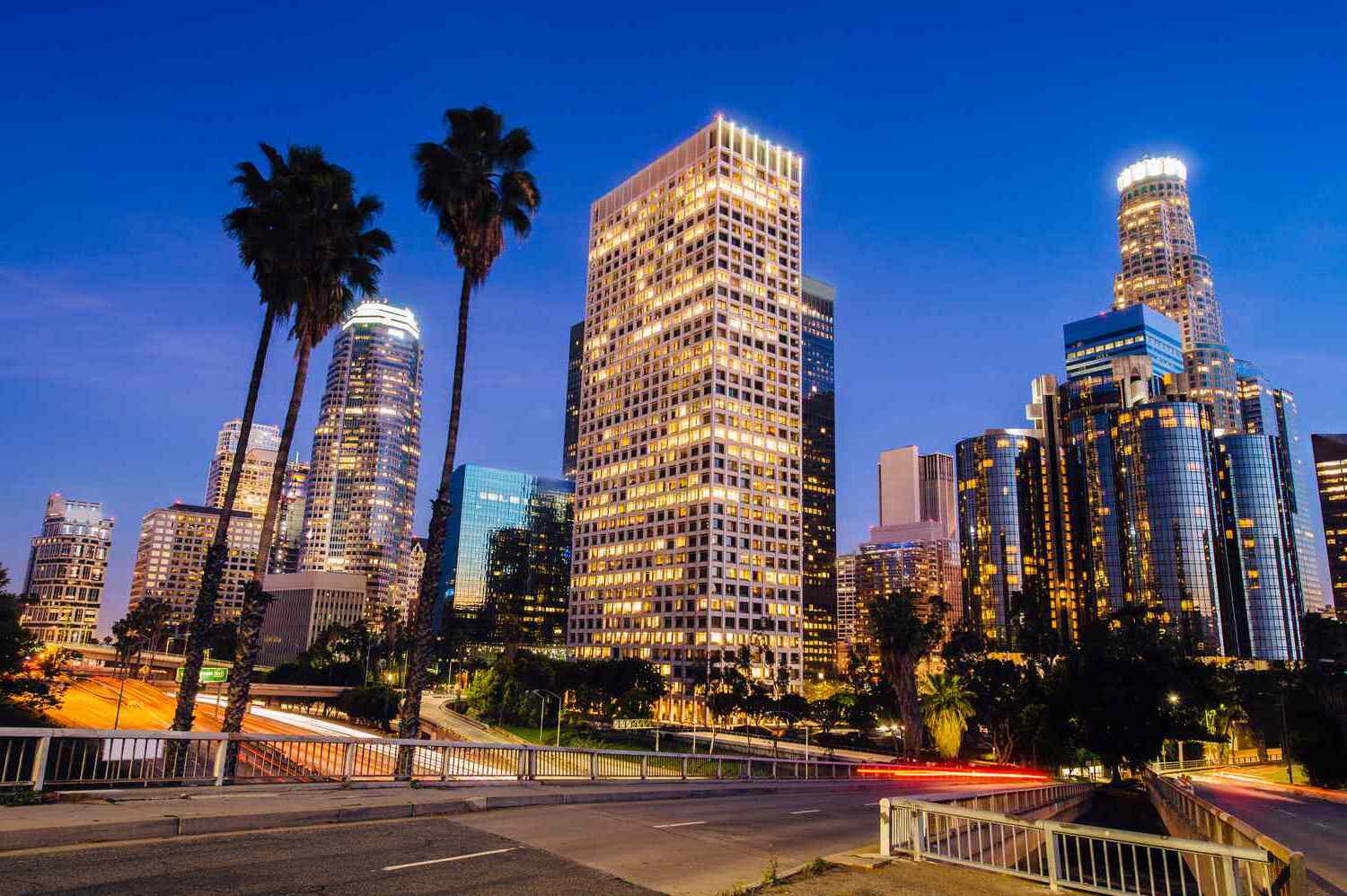
Ever wondered what secrets Los Angeles, the City of Angels, holds beyond its glitzy facade of Hollywood glamour and sun-soaked beaches? Los Angeles is a city where dreams are made and stars are born, but there's so much more to it than meets the eye. From its historical quirks to modern-day marvels, LA is brimming with facts that might just surprise you. Whether you're a curious traveler, a trivia enthusiast, or simply in love with this iconic city, get ready to have your mind blown with some lesser-known tidbits. Buckle up as we unveil 15 fascinating facts about Los Angeles that are sure to add a new layer of wonder to your view of this mesmerizing metropolis.
Key Takeaways:
- Los Angeles is much more than Hollywood glam; it’s a diverse city with beaches, forests, deserts, and a rich mix of cultures speaking over 224 languages.
- LA is a city of cool firsts—from inventing famous foods like the Cobb Salad to hosting the Olympics twice and having secret Prohibition tunnels underground!
Los Angeles: More Than Just Hollywood
Los Angeles, often seen through the lens of its glitzy and glamorous Hollywood facade, holds a treasure trove of lesser-known facts that paint a broader picture of this vibrant city. From its historical roots to modern-day marvels, let's peel back the layers of LA to uncover some intriguing insights.
-
Los Angeles wasn't always called that. Originally, it was named "El Pueblo de Nuestra Señora la Reina de los Ángeles de Porciúncula," which translates to "The Town of Our Lady the Queen of Angels of the Porciúncula River." Thankfully, for convenience, it was shortened.
-
The city boasts a diverse ecosystem, not just in terms of its population but also its geography. LA is home to beaches, forests, and even a desert within its county lines.
A Melting Pot of Cultures
-
Los Angeles is a cultural melting pot, with more than 224 different languages spoken across the city. This diversity is reflected in its neighborhoods, cuisine, and festivals.
-
It's the only city in North America to have hosted the Summer Olympics twice, first in 1932 and again in 1984. LA is gearing up to add a third feather to its cap in 2028.
Culinary Delights and Innovations
-
The famous fast-food chain McDonald's opened its first restaurant in San Bernardino, a city in the Greater Los Angeles area, in 1940. This revolutionized the fast-food industry worldwide.
-
LA is credited with the invention of the Cobb Salad and the French Dip Sandwich, adding to its list of culinary innovations.
Architectural Marvels and Green Spaces
-
The city is not just about modern skyscrapers; it also has some of the most iconic architecture in the U.S., like the Art Deco-style Griffith Observatory and the futuristic Walt Disney Concert Hall.
-
Despite its urban sprawl, Los Angeles has more than 75 miles of coastline and numerous parks, making it a city with one of the largest public green spaces in the U.S.
Entertainment Beyond Hollywood
-
While Hollywood is synonymous with the film industry, LA is also a major hub for the music and video game industries, hosting several major record labels and game studios.
-
The Hollywood Sign, one of the city's most iconic landmarks, originally read "Hollywoodland." It was erected in 1923 as an advertisement for a local real estate development.
Historical Quirks
-
Los Angeles has a network of underground tunnels that were used during Prohibition in the 1920s to transport alcohol to speakeasies.
-
The La Brea Tar Pits, located in urban Los Angeles, are one of the world's most famous fossil localities, offering a glimpse into the region's prehistoric past.
A City of Firsts
-
LA introduced the world to the concept of a shopping mall with the opening of the Southdale Center in 1956.
-
It was the first city in the United States to establish a municipal zoning ordinance in 1908, helping to shape the development of urban areas.
-
The city's Griffith Park is one of the largest municipal parks with urban wilderness areas in the United States, offering residents and visitors alike a unique escape from city life.
A Final Scoop on LA's Hidden Gems
Los Angeles, a city bursting with secrets and untold stories, never ceases to amaze. From its underground tunnels with a history of speakeasies to the Venice Canals that mirror those of Italy, LA's layers unfold the more you dig. Did you know about the secret apartment at Disneyland or the fact that LA is moving at the same rate as your fingernails grow? These tidbits add flavor to the city's already vibrant culture. Whether it's the hidden oil derricks camouflaged amidst the urban sprawl or the iconic Hollywood sign's lesser-known tales, Los Angeles holds surprises at every corner. So, next time you're in the City of Angels, remember, there's always more than meets the eye. Keep exploring, and who knows what other secrets you'll uncover in the heart of LA.
Frequently Asked Questions
Was this page helpful?
Our commitment to delivering trustworthy and engaging content is at the heart of what we do. Each fact on our site is contributed by real users like you, bringing a wealth of diverse insights and information. To ensure the highest standards of accuracy and reliability, our dedicated editors meticulously review each submission. This process guarantees that the facts we share are not only fascinating but also credible. Trust in our commitment to quality and authenticity as you explore and learn with us.


